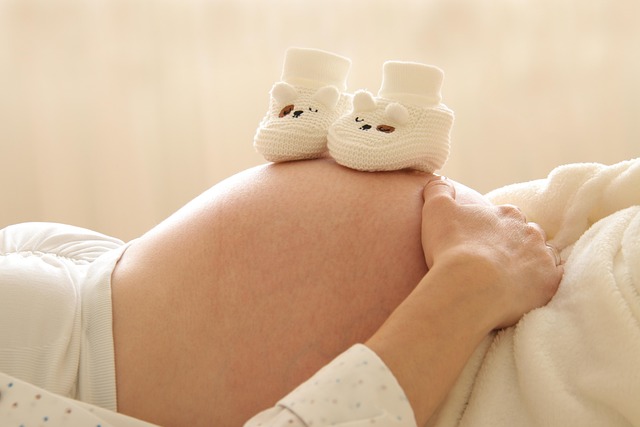Cupping therapy, much like acupuncture, is often labeled as a “complementary” approach to fertility. While these ancient practices have been around for ages, they predate many modern medical advancements related to infertility. There are a handful of studies examining acupuncture, with mixed results on its effectiveness. However, when it comes to cupping, there’s a notable lack of reliable research supporting its benefits for fertility. Claims about “removing toxins” during cupping are also unsubstantiated. It’s important to note that human eggs are quite resilient against everyday toxins, as evidenced by pregnancy rates in some of the most polluted areas of the world.
Many people desire to conceive “naturally,” but individuals facing infertility should not overlook the advanced diagnostic and treatment options available today. For example, by the age of 44, only about 1 in 25 eggs has the potential to lead to a successful pregnancy. With only one egg being released each month, the chances of that egg resulting in conception are quite slim. Techniques like Complete Chromosomal Screening (CCS) can help identify genetically normal embryos, increasing both pregnancy and reducing miscarriage rates.
As a big fan of Lucy, I truly hope she’s exploring all the modern infertility treatments alongside these appealing yet unproven therapies. If you’re interested in learning more about home insemination, check out this insightful article that discusses various methods. Also, for those curious about intrauterine insemination (IUI), this resource provides excellent information on the topic. Additionally, for practical tools, consider visiting a site like this one for a comprehensive home insemination kit.
In summary, while cupping may provide some relaxation, it’s unlikely to be a game-changer for fertility. Embracing proven medical advancements can significantly enhance the chances of conception for those facing challenges.

